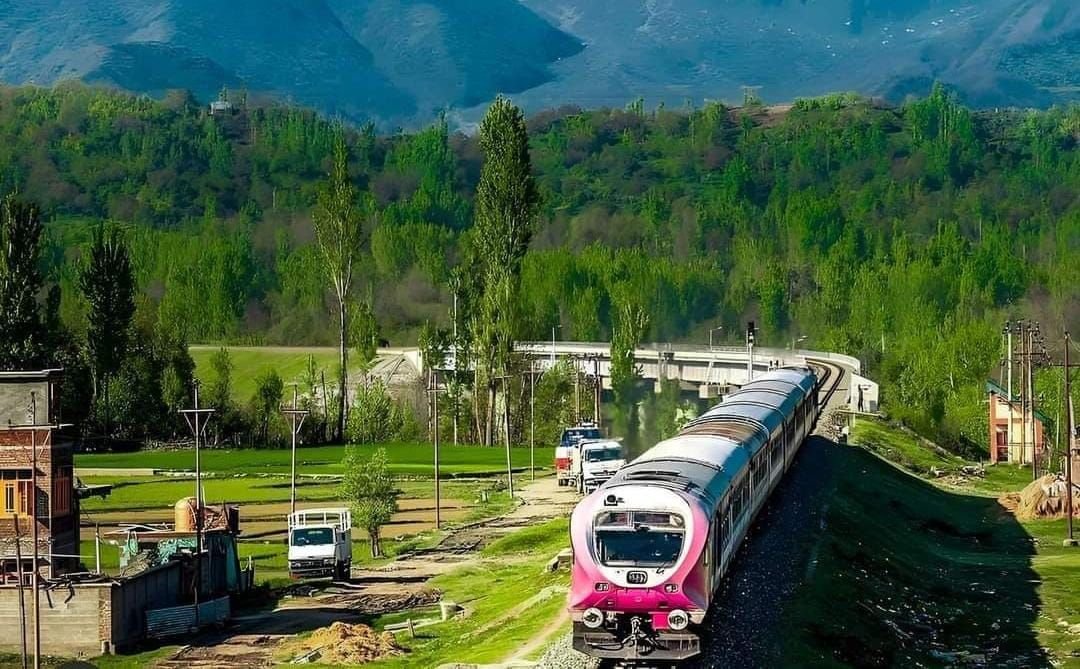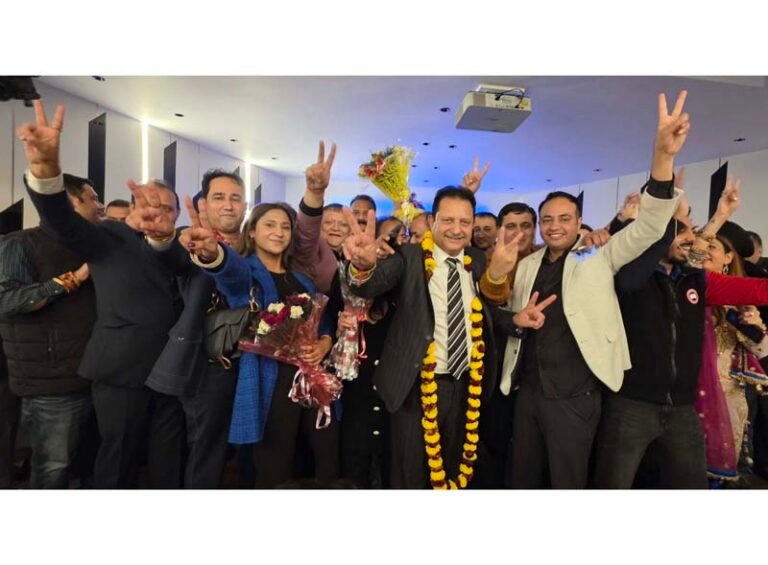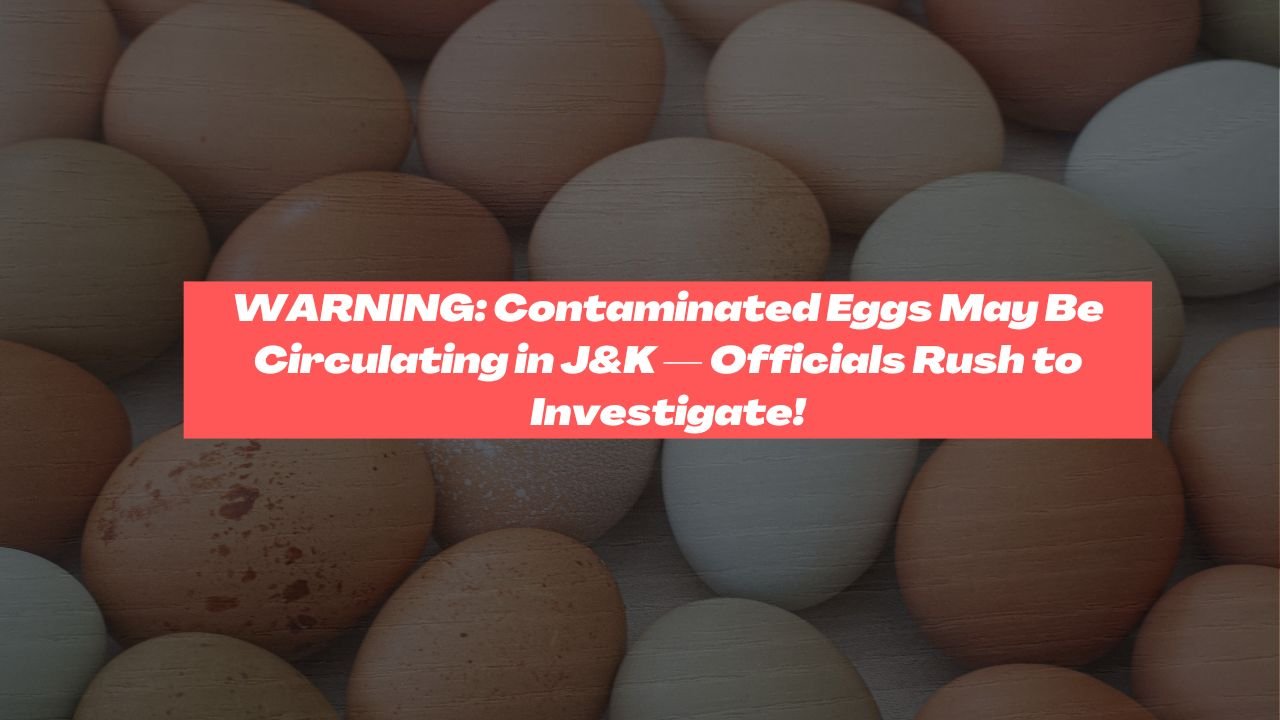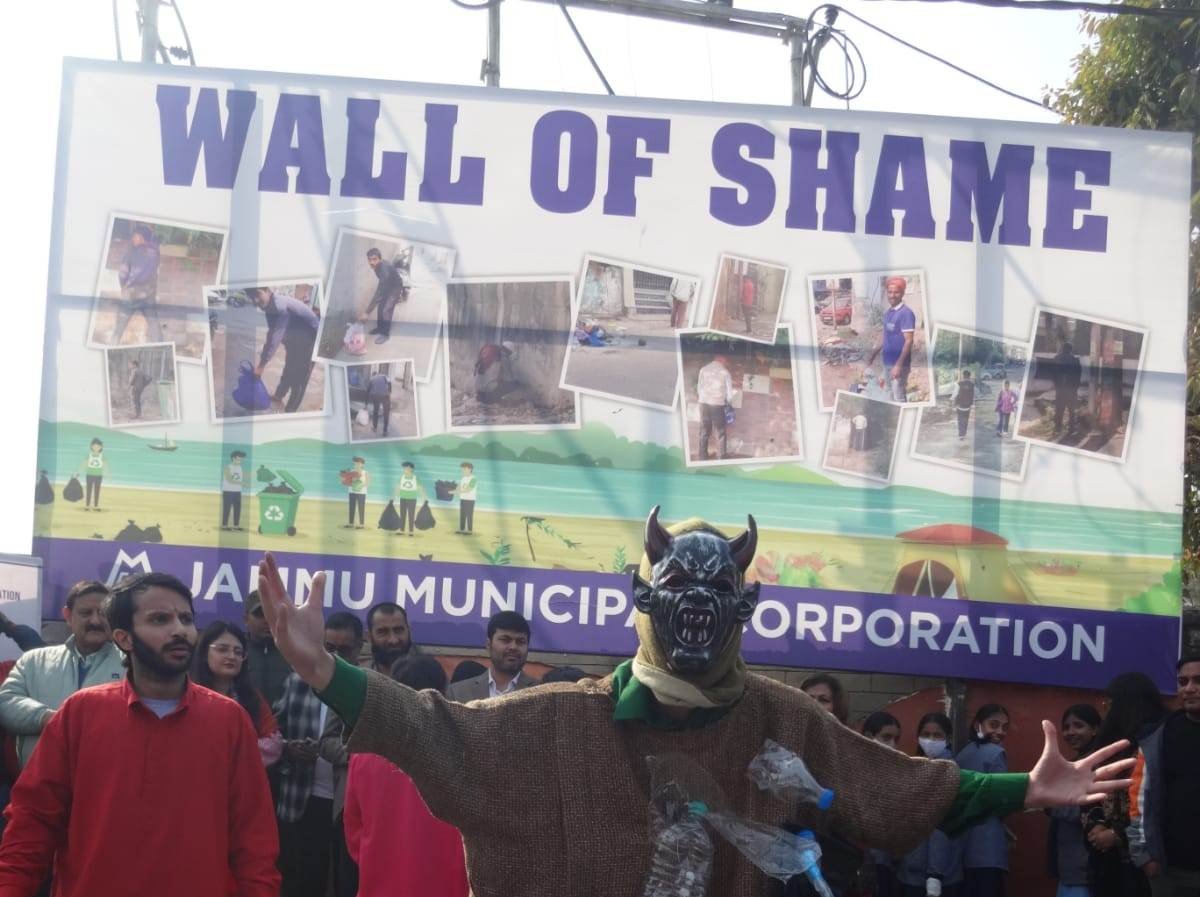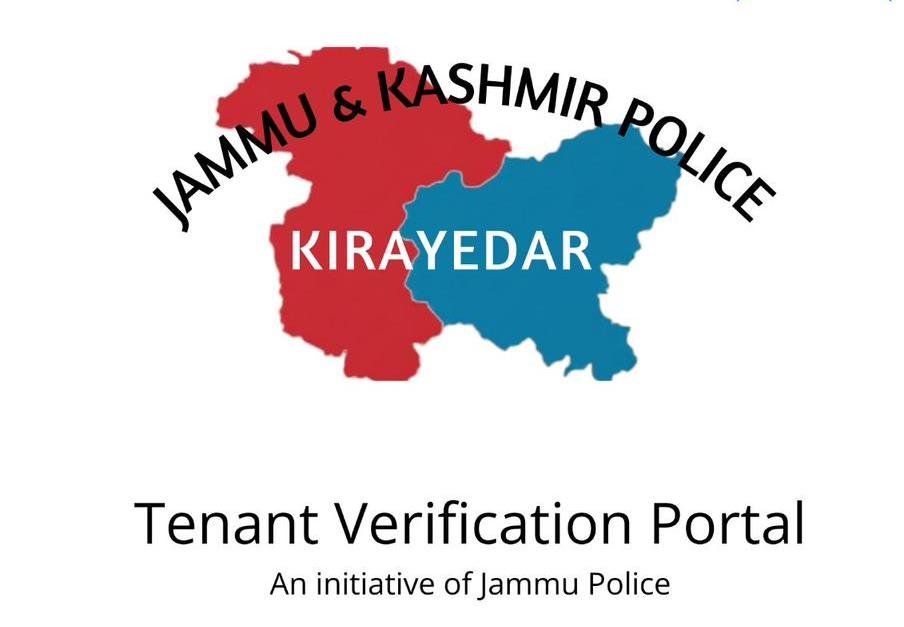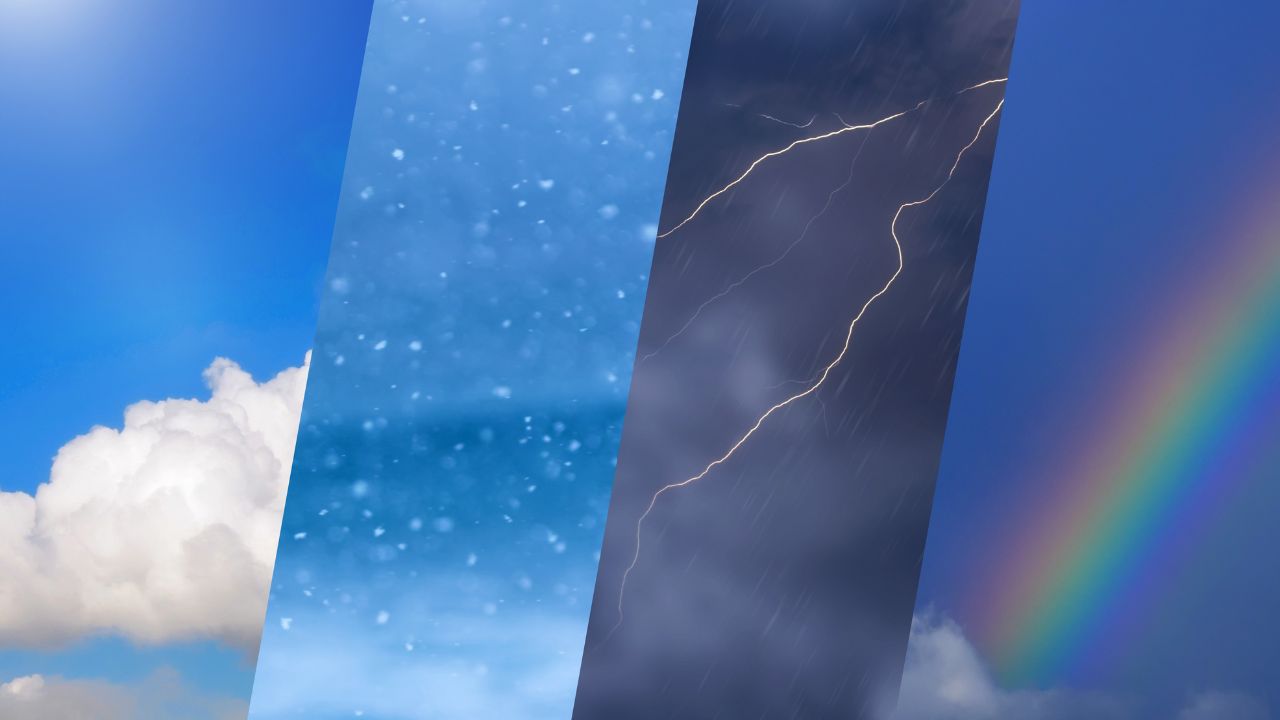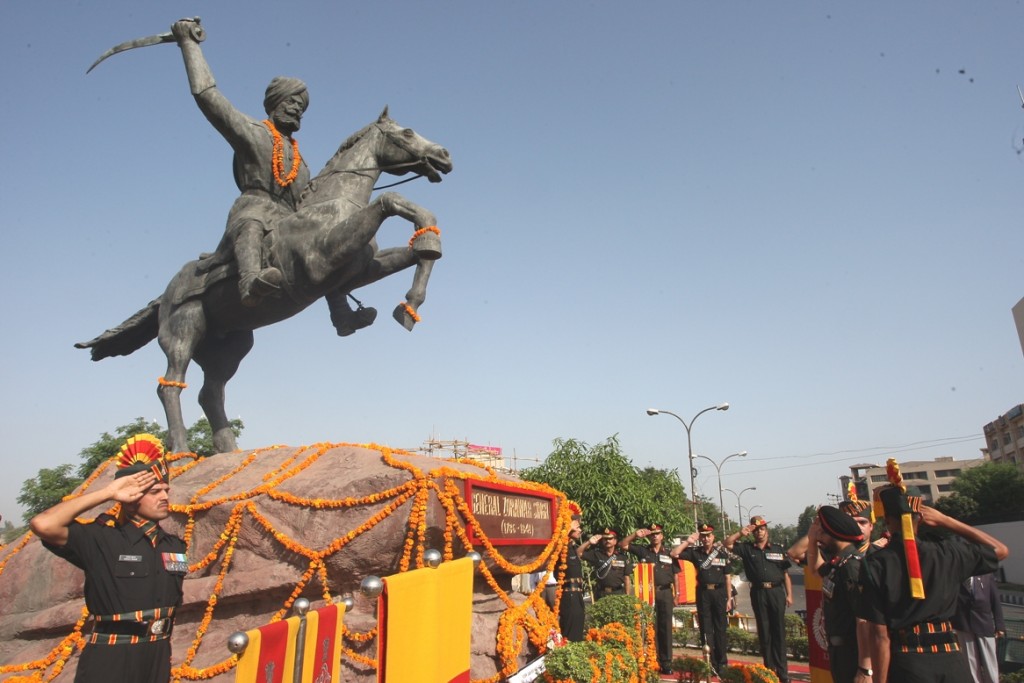India is poised to make another major stride in modern rail connectivity with the upcoming Vande Bharat Express service between Katra and Baramulla. This high-speed semi-bullet train will be the first of its kind to operate in the Kashmir Valley, promising a transformative impact on regional transportation, economic development, tourism, and national integration. With its induction, Jammu & Kashmir joins the select few regions of India equipped with futuristic railway infrastructure. On June 6, Prime Minister Narendra Modi will inaugurate the world’s highest railway arch bridge — the Chenab Bridge — and flag off Vande Bharat trains between Katra and Srinagar. During his visit to Jammu and Kashmir, the Prime Minister is scheduled to inspect the Chenab Bridge deck around 11 a.m., followed by the inauguration of the Anji Bridge. By 12 p.m., he will flag off the Vande Bharat trains, marking a new era in regional connectivity.
Route Overview and Operational Details
The Katra-Baramulla Vande Bharat Express will cover a stretch of over 260 kilometers, passing through Banihal, Qazigund, Anantnag, Srinagar, Sopore, and other significant urban and rural settlements. The journey, which currently takes more than 9 hours via road due to mountainous terrain and traffic conditions, will be reduced to approximately 4 hours, thanks to the train’s cutting-edge design and superior track infrastructure.
- Start Station: Shri Mata Vaishno Devi Katra
- End Station: Baramulla
- Key Stops: Udhampur, Banihal, Qazigund, Anantnag, Srinagar
- Total Distance: Approx. 260 km
- Expected Journey Time: Around 4 to 4.5 hours
- Frequency: Likely 6 days a week
- Train Type: Vande Bharat (Semi-High-Speed, Electric Multiple Unit)
This route will mark a paradigm shift in transportation in Kashmir, offering passengers a safe, fast, and climate-friendly alternative to traditional road travel.

Features of the Vande Bharat Express
The Vande Bharat Express is known for its state-of-the-art technology, sleek aerodynamic design, and passenger-centric features. The train has been designed and manufactured entirely in India under the Make in India initiative, symbolizing technological self-reliance and innovation.
Key Features Include:
- Top speed: 160 km/h (limited to local conditions)
- Onboard Wi-Fi and infotainment
- GPS-based passenger information system
- Automatic doors and inter-connected coaches
- Bio-vacuum toilets and sensor-based taps
- 360-degree rotating seats (Executive class)
- CCTV surveillance and fire detection systems
- Regenerative braking for energy efficiency
The train is built for all-weather performance, especially in cold, snow-prone areas like Kashmir, with extra thermal insulation and enhanced braking systems for mountainous terrain.
Read also: PM Modi to Inaugurate World’s Highest Railway Bridge in Jammu & Kashmir on June 6
Strategic Significance of the Katra-Baramulla Corridor
Connecting Katra, the gateway to the revered Vaishno Devi shrine, with Baramulla, a key town in North Kashmir, is of profound strategic and economic value. The route acts as a backbone for passenger and freight movement within the entire Jammu and Kashmir region, especially by linking religious, cultural, educational, and trade centers.
This corridor is also a national security asset, facilitating quicker troop and logistics movement towards border areas in case of emergency deployments.
Economic and Tourism Boost from High-Speed Rail
The launch of the Katra to Baramulla Vande Bharat train is expected to deliver a multi-sectoral economic uplift. Key benefits include:
- Tourism Expansion: Pilgrims visiting Vaishno Devi can now conveniently extend their trip to include iconic destinations like Srinagar, Gulmarg, Pahalgam, and Sonamarg.
- Local Employment: Station upgrades, maintenance hubs, and catering services will generate new jobs.
- Agriculture & Handicrafts: Faster logistics will help Kashmiri apple growers, saffron producers, and Pashmina artisans reach wider markets.
- Startup Ecosystem: Improved connectivity fosters innovation and entrepreneurship, especially in e-commerce and logistics.
Enhanced Infrastructure and Station Modernization
The Indian Railways is also undertaking a comprehensive modernization of key stations along the route. Stations such as Srinagar, Anantnag, and Baramulla will feature:
- Digital display boards and smart ticketing systems
- Escalators and elevators for ease of access
- LED lighting and solar power solutions
- Waiting lounges and food courts
- Improved security with facial recognition systems
The Banihal railway tunnel and Chenab Railway Bridge—already completed or nearing completion—form crucial segments of the route, showcasing world-class engineering marvels that support Vande Bharat operations.
Environmental Sustainability and Green Rail Mission
The Vande Bharat Express aligns with the government’s Green Railways Mission. As an electric multiple unit (EMU), it runs on electrified tracks, significantly reducing dependence on fossil fuels. The train is projected to:
- Reduce carbon emissions by 38% compared to diesel alternatives
- Conserve energy via regenerative braking
- Operate with zero noise pollution in eco-sensitive zones
Railway electrification of the USBRL route is already completed, enabling seamless Vande Bharat operations without environmental compromises.
Security and Safety Features Tailored for Kashmir
Considering the sensitive geopolitical environment, Indian Railways has equipped the Katra-Baramulla Vande Bharat with heightened security features:
- Bulletproof driver cabins
- Automatic train protection (ATP) systems
- Secure communication lines for train control
- Integrated command centers monitoring train movements in real time
- Increased CRPF and RPF presence at stations and onboard
The train will also undergo routine patrols, drone surveillance, and thermal scanning to ensure 24×7 safety for passengers.
Socio-Political Impact: A Step Toward Integration
The Vande Bharat between Katra and Baramulla is not merely a transportation link—it is a symbol of national unity, development, and trust-building in Jammu & Kashmir. With equal access for all, the train underscores:
- Equal development in border regions
- Freedom of movement for students, workers, and tourists
- Increased citizen participation in the mainstream economy
- Strengthened sense of belonging to the national framework
By reducing travel time and connecting disparate areas, the train fosters better cultural exchange, higher economic interdependence, and a stronger democratic spirit.
Expected Launch Timeline and Future Expansion
The official launch of the Katra-Baramulla Vande Bharat is expected by the end of 2025, with trial runs already underway on completed segments of the USBRL project. Future phases may include:
- Extension to Kupwara and Handwara
- High-speed freight corridors for perishable goods
- Tourist Vande Bharat variants with panoramic windows and travel guides
- Helipad-linked intermodal hubs at select stations for last-mile access
The project has been fast-tracked under Prime Minister Narendra Modi’s infrastructure vision, marking a new chapter for northern India’s rail connectivity.
The Vande Bharat Express from Katra to Baramulla represents more than just high-speed rail—it is a strategic, economic, cultural, and environmental leap forward. As Jammu & Kashmir steps into an era of ultra-modern mobility, this semi-high-speed marvel becomes a beacon of progress and peace in a historically underserved region.
This train will not only shorten distances but also strengthen destinies, connecting people across the Valley and the nation like never before.

